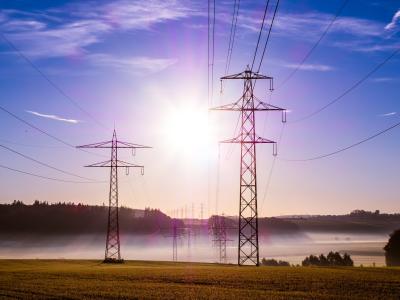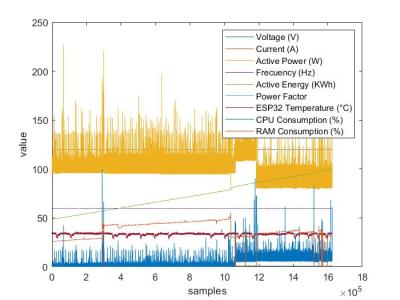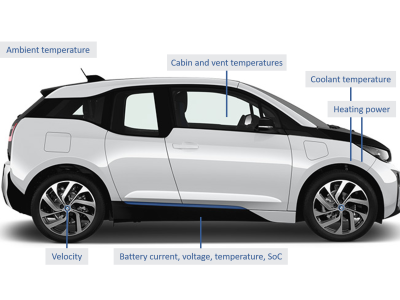Modified IEEE 30-Bus Test Case (For Min-Max Load Shedding Applications)

- Citation Author(s):
-
Noah Allison
- Submitted by:
- Noah Allison
- Last updated:
- DOI:
- 10.21227/2y66-qv28
- Data Format:
 663 views
663 views
- Categories:
- Keywords:
Abstract
Min-Max formulation is a common fairness mechanic utilized in communication system. It works by minimizing the worst case scenario amongst all the nodes in a system, For transmission and energy storage planning applications, we can utilize this fairness mechanic to bolster equity amongst the nodes in our system. For the project this is being utilized for, min-max formulation is used to minimize the worstcase load shedding across each bus in our system. The worst case in this situation being the highest load shedding cost, based on the value of lost load (VoLL) assigned to each bus. These VoLL values are assigned based on the vulnerability index selected for this project. By utilizing this fairness mechanic, we can promote equity across the system, and demonstrate that the min-max formulation of load shedding improves the total cost in the transmission problem. Transmission and energy expansion problems are a form of optimization in which we try to minimize the total cost of both investment of new lines and/or energy storage units, and the operations cost associated with these new lines/energy storage units.
Instructions:
Open Excel File, and select which sheet you would like to access, these are properly labeled. You will have access to the battery constraints utilized for the Transmission and Energy Storage problem, along with the modifications to the 30-Bus system, which includes the additional existing lines, the generation added, the additional buses added, and the modified load conditions.









|